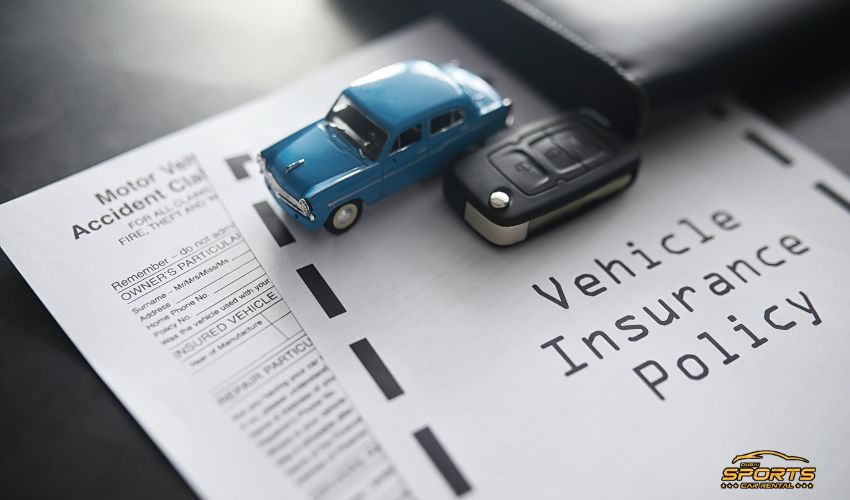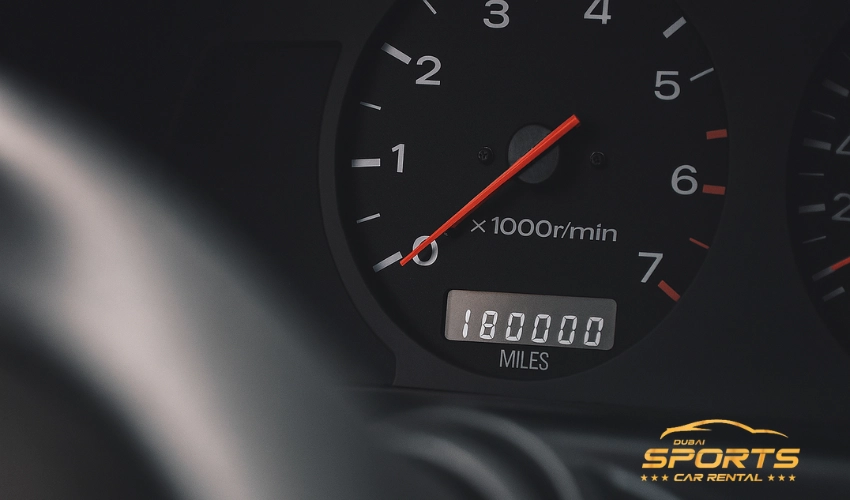Reasons People Change Insurance Providers
While saving money is a primary motivator, several life events should prompt you to get new insurance quotes:
- You Moved: Insurance rates are heavily influenced by your ZIP code. A move, even across town, can dramatically alter your premium.
- Your Family Situation Changed: Getting married often results in lower rates. Adding a newly licensed teen driver to your policy makes it essential to shop for a company with better rates for young drivers.
- You Bought a Different Car: The make, model, and safety features of your vehicle directly impact your insurance costs.
- Your Credit Improved: In many states, insurers use a credit-based insurance score to set rates. A significant improvement in your credit can unlock lower premiums.
- You Had a Bad Claims Experience: A difficult or slow claims process is a valid reason to find a new insurer, even if your rates did not increase. Your peace of mind has value.
How to Change Car Insurance Providers: A 4-Step Guide

Follow these steps to ensure a smooth transition without any gaps in your coverage.
Step 1: Shop for New Insurance Quotes
Before you even think about canceling, gather quotes from several different insurers. When comparing, make sure you are looking at identical coverage levels and deductibles. An “apples-to-apples” comparison is the only way to know if you are truly getting a better deal. Have your current policy’s declarations page handy to ensure you match your existing liability limits and other protections.
Step 2: Buy Your New Policy
Once you have chosen a new insurer, you must purchase the new policy and set its effective date. The single most important rule is to have the new policy start on or before the cancellation date of your old policy. A one-day gap in coverage can lead to higher rates in the future and leave you completely exposed financially.
Step 3: Cancel Your Old Car Insurance Policy
With your new policy active and proof of insurance in hand (your new ID cards), you can now officially cancel your old policy. You will need to contact your previous insurer directly. Some may allow you to cancel over the phone. However, others usually require a written request.
Do not assume your old policy will cancel automatically just because you stopped making payments. This can lead to a non-payment cancellation on your record, which negatively affects your ability to get affordable insurance later.
Step 4: Notify Your Lienholder
If you have a loan or lease on your vehicle, you must inform your lender about the change. Your new insurance company can usually handle this for you by sending a new proof of insurance to the lienholder. This step is critical. If your lender receives a cancellation notice from your old insurer but not proof of a new policy, they may purchase expensive “force-placed” insurance on your behalf and add the cost to your loan payment.
The Real Cost of Canceling Your Policy Mid-Term

Insurance companies may charge a fee if you cancel the policy before your term expires. Understanding the type of fee is crucial.
- Pro-Rata Cancellation: You receive a full refund for the unused portion of your premium. If you paid a $1,200 premium for a 12-month policy and cancel after six months, you get $600 back. This is the most customer-friendly method.
- Short-Rate Cancellation: The insurance company keeps your earned premium plus a penalty to cover their administrative costs. This penalty is often a percentage of the remaining premium.
Short-Rate Cancellation Example:
Let’s use the same $1,200 annual premium. You cancel after six months ($600 of earned premium). The insurer charges a 10% short-rate penalty on the remaining $600 premium.
- Remaining Premium: $600
- Penalty (10% of $600): $60
- Your Refund: $600 – $60 = $540
Always ask your current provider how they handle early cancellations and what the specific fee will be before you decide to switch.
What to Do if Your Old Insurer is Slow to Refund You
After you cancel, you are due a refund for any premium you paid in advance. Legally, the insurer must return this money. Most refunds are processed within 14 to 30 days. If you have not received your refund after a month:
- Call the customer service department again. Note the date and the name of the person you speak with. Ask for a specific timeframe for when you can expect the check or direct deposit.
- Send a certified letter. If the phone call yields no results, send a formal written request via certified mail. This creates a paper trail proving you have attempted to resolve the issue.
- Contact your state’s Department of Insurance. If the insurer continues to be non-responsive, filing a complaint with your state’s regulatory body is your next move. This often prompts immediate action from the company.
Also Read: How Many Car Payments Can You Miss Before Repo
Final Words
Your insurance needs are not static; your policy should not be either. Regularly reviewing your coverage is not just about saving money; it is about ensuring your protection accurately matches your life. Treat your auto insurance like any other major financial tool: manage it proactively to secure the best performance and value.



